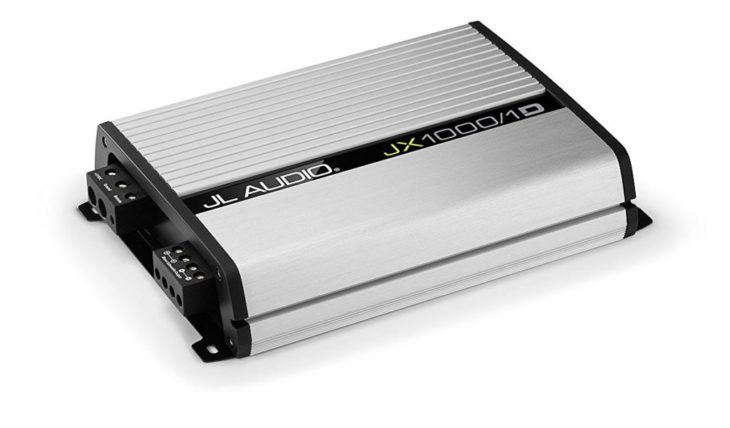You’ve installed your amp, turned on the stereo and discovered the sound performance isn’t giving that kick you want. I’ve experienced the same and many others. Surely there is nothing wrong with the amp but rather us. Take a look here to learn more on a high quality full range amplifier.
I knew there had to be a way to tune the amp to give me the sound I wanted. And luckily for me I found it. Fine tuning the amp is easy as one, two, three…four.
Before we jump into the step you must do a final walk through of the car system:
- Do the amp, speakers and subwoofers have the power it needs to drive powerful sounds?
- Are RCA wires connected properly?
- Are you using the car’s factory speakers? If so you may want to replace them as they can alter sounds.
If everything is in order and your amp is not producing full volume sounds then follow these steps. They’ve helped many others and I’m sure the same will happen to you.
Step One: Set the Volume and Gain Control
Many people forget this step when setting up the amp. The volume and gain control must be adjusted. These two need to work together to provide the best sounds your amp can produce. All you need to do is to put your volume on the 80% mark of the maximum volume. No speakers must be connected. Set the radios equalizer to flat. The amp’s gain and boost & the crossover filters must be turned off.
Go back and plug in all RCAs into the amp channel for which you want to tune. Remember separate speakers have their own RCA cables. Don’t forget to plug those in too.
Go back and play your favorite song. Slowly turn up the gains until you hear a slight distortion. When you do dial back the gain until it’s gone.
Step Two: Tuning Frequencies
Did you know crossovers and filters make a difference in the sound performance? I didn’t and that’s why my amp wasn’t giving me the sounds I wanted to hear.
When you play songs that are rich in deep notes you want to hear them in distinct detail. Subwoofers are the perfect equipment for them. This is why you need to tune subwoofers according to what they’re designed for. You need to select the low pass filter(LPF) for the subwoofers.
On the opposite end are speakers. Some people love classical and opera. If you listening to them in your car you want the high pitched voices to be distinct. Almost to the degree where they can crack your windows.
Select a high pass filter(HPF) for speakers. If you don’t then the voices will sound muzzled. That won’t give you the thrill you want.
Once you’ve filtered the subwoofers and speakers you need to tune the frequencies.
Frequency and filters are not the same. A common wrong thought of many people.
An LFP subwoofer must be aligned with the highest frequency in which they’re made for. Speakers must be aligned with the lowest frequency.
Step Three: Setting the Bass Boost
The infamous bass boost that audio lovers love. The bass really elevates sound performance. It can make your car vibrate too. I need to warn you first. Setting the bass on a high volume can put a strain on the audio system. It sounds fantastic I know, but the longevity is compromised. If you want to take on this risk then go ahead and increase the bass.
Turn the bass until you hear a distortion. When you do dial back a bit. Yes this is what you did for the gain control.
When you increase the bass you need to reduce the gains too. This way you won’t make your speakers, subs, and amp work harder than they should.
As you know each sound systems in the various cars are different. How I tuned mine probably won’t work for you. You need to fiddle with the dials until you find a sound pleasant for you.
Make sure there is no distortion. The best way to determine this is to play a song where the artist sings. If you can’t make out what is sung then dial back on the bass.
Step Four: Back to The Gains Again
I know, it does seem that everything is centered around the gains. Now that you’ve set up the frequencies, filters and bass boost you need to adjust the gains—again. Repeat the process I’ve taught you in step one.
Dial the gain until you hear a distortion. Once you do dial it back slightly until its gone.
Everything needs to be in balance with the gains. If your volume is higher than 80% dial back on the gains again.
The Final Touches
Although I said you can make the best out of your amp in four steps, this technically isn’t one. It’s only the final touches. Reconnect all amps if you were tuning the channels or amplifiers separately. Turn your radio down to zero. With your favorite song playing slowly increase the volume until it reaches that 80% mark. If everything is set properly there shouldn’t be any distortion.
If everything is set correctly you should hear a tremendous sound improvement. And to that I say you’re welcome.
If speakers or subwoofers are distorting then you must adjust the gains once again.
Remember you must not exceed the 80% volume mark or else distortion will occur.
Are you excited to listen to the best type of music in your car? I know I was when I adjusted my caraudiologic amplifiers properly. You would think your car will have the best sounds. And there is nothing wrong with this confidence because it’s true.









